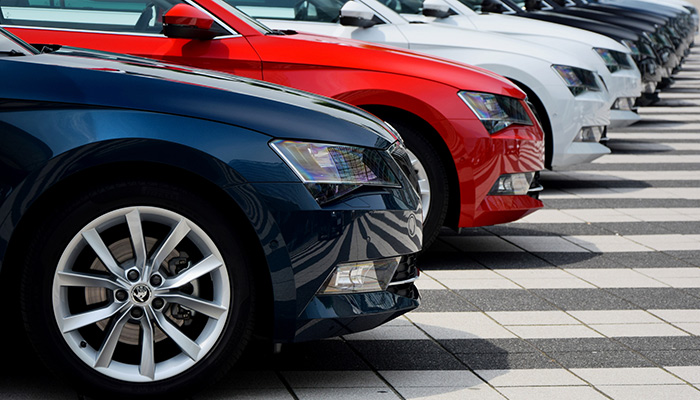As Uber teams up with NASA to launch a flying taxi by 2020 and major automotive names such as Volvo and Toyota invest in flying-car development, we are much closer to this science-fiction fantasy being a reality than most people appreciate. The main question is, what exactly are they going to be? Like helicopters? Winged planes? Drones? That is still up for grabs.
The production-ready model unveiled by Dutch company Pal V at the Geneva International Car Show in March is akin to a helicopter, while the Transition model by Terrafugia, the American startup bought by Volvo’s parent company, has foldable wings and looks like a mini-plane when in flight.
I believe that to be viable, they will have to be like big drones that can take off and land vertically, because otherwise you effectively start needing airports for your flying cars, which is not what this technology is supposed to be about.

It will be a long time before conventional cars disappear all together - it won’t be in our lifetime, although driverless, electric cars most certainly will be. A flying-car-only fleet is a 22nd century scenario.
Without question, it is not going to be the engineering or the technology that prevents flying cars from progressing, but rather all the legalities and safety and infrastructure issues that are involved. (Nasa’s role in the Uber project is to help develop an air traffic control system for low-flying vehicles, clearly a key component of a flying-car future.)
You can say that industry is meeting an expectation fuelled by popular culture - in movies such as Back to the Future and cartoons like the Jetsons and Futurama - that flying cars will happen, but they are not just a child’s fantasy come true: there is a definite need for them in our near future.
In Sydney, it’s obvious how congested our roads are with the infrastructure we have in place; flying cars are going to revolutionise the sort of infrastructure required and the investments governments will have to make – flying cars won’t require roads, bridges or tunnels, nor will they be confined to a single plane as conventional cars are; there can be lanes on top of lanes for flying cars. They will make travelling shorter distances much quicker and they could also be electric: there are aerospace aircraft being designed to run on electricity, so that technology is being developed and could be transferred across.
If people decide they want to use flying cars, especially as they become more affordable (Pal V’s Liberty Sport model, if it passes final safety certification this year, will sell for $US399,000), government is going to be forced to react, just as they did when Uber came along. And people are going to see the benefits – think of the impact on our cities and landscapes, and how much money is spent constructing and maintaining roads at the moment. Maybe we can start planting trees.



